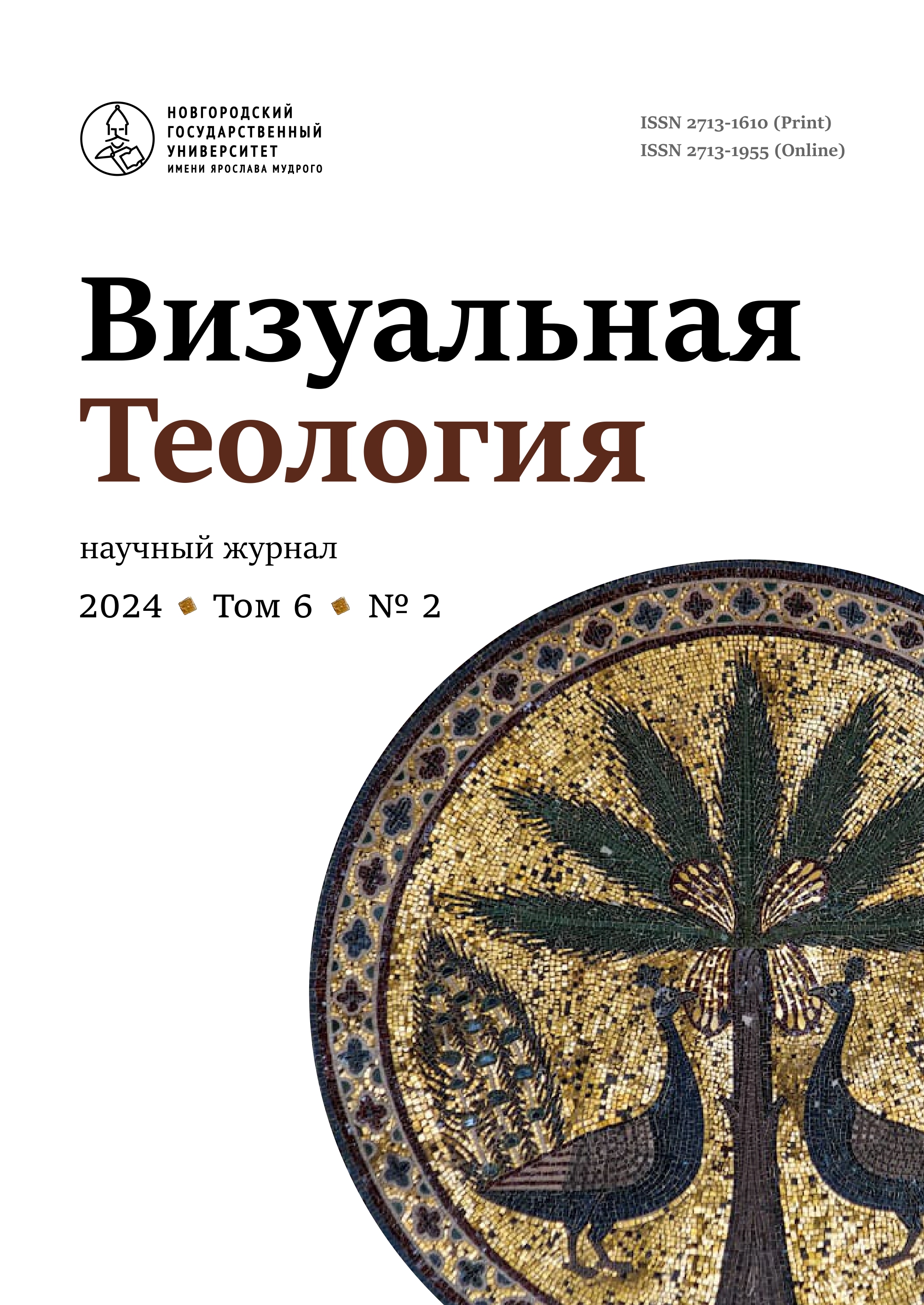Orthodox Images in the Urban Imaginary of Veliky Novgorod
Abstract
The article studies the perception of the city and collective ideas thereof, particularly through the phenomenon of the urban imaginary which is a synthesis of collective representations of a real and a virtual city. The structure of the urban imaginary consists of visual images through which a person imagines a city, including its architecture or once-seen images of festive events. The author argues that religious images, in particular those related to Christian Orthodox imagery, occupy a separate place in the urban imaginary, especially in historical cities, such as Veliky Novgorod. The empirical research of the urban imaginary was conducted with the use of in-depth interviews with residents of Veliky Novgorod. The study involved 52 Novgorodians with quotas by age, duration of residence, gender and fields of activity. The purpose of the study was to inquire how a modern city is perceived, imagined and represented. This research has shown that Orthodox images form the sacred core of the urban imaginary of Veliky Novgorod. For Novgorodians, St. Sophia Cathedral, medieval churches (as integral parts of cultural landscape), Novgorod monasteries, icons and ancient Russian books are all important symbols of the city. Orthodox images make the basis for self-perception and are key elements of urban identity. They are important for cognition and emotional contact with the city in the spiritual experience of urban residents.



